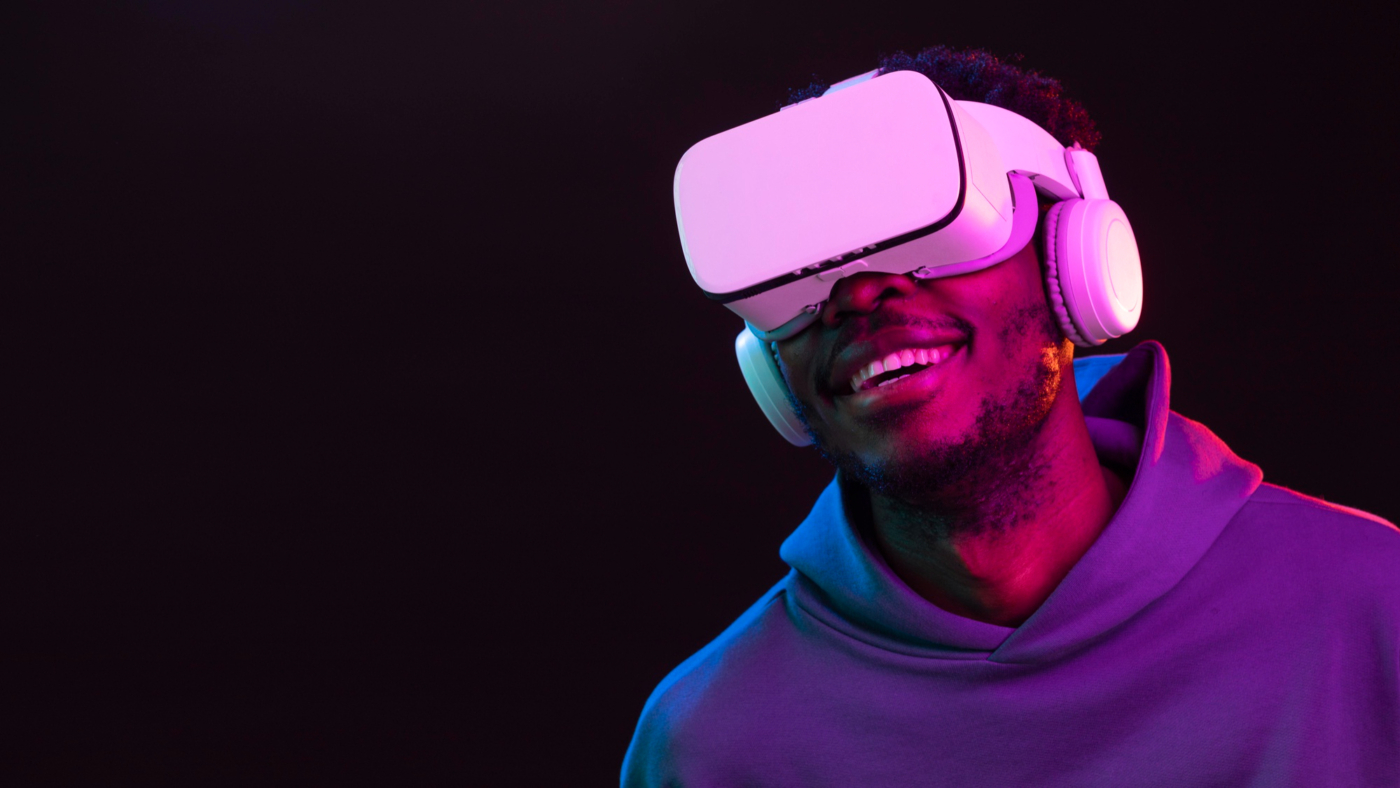AR, VR, & MR
Immersive technologies are transforming how we interact with the digital and physical worlds, offering innovative solutions across industries. Augmented Reality (AR), Virtual Reality (VR), and Mixed Reality (MR) are at the forefront of this revolution, enhancing experiences in gaming, education, healthcare, and more.
What Are Immersive Technologies?
Immersive technologies create an interactive digital environment that enhances or replaces the real-world experience.
Here’s a quick breakdown of AR, VR, and MR:
- Augmented Reality (AR): Adds digital elements to the real world, blending virtual objects with physical surroundings using devices like smartphones or AR glasses.
- Virtual Reality (VR): Replaces the physical world with a fully digital environment, immersing users in a simulated experience through VR headsets.
- Mixed Reality (MR): Combines AR and VR, allowing real and virtual elements to interact in real-time. This technology requires advanced hardware like HoloLens or Magic Leap.
1. Gaming and Entertainment
- VR Gaming: Fully immersive gaming experiences transport players into virtual worlds.
- AR Games: Popular games like Pokémon GO integrate digital objects into real-world environments.
- Virtual Concerts: Artists host performances in virtual environments, reaching global audiences.
- Virtual Classrooms: Students can explore historical sites or scientific phenomena in 3D environments.
- Simulated Training: AR and VR provide hands-on training for surgeons, pilots, and other professionals.
- Employee Training: MR offers practical learning experiences, such as assembling machinery or practicing safety drills.
- Surgical Simulations: VR allows surgeons to practice procedures in a risk-free environment.
- Therapy and Rehabilitation: VR is used for treating PTSD, phobias, and physical rehabilitation.
- AR in Diagnostics: Enhances visualization of patient anatomy during procedures.
- Virtual Try-Ons: AR lets customers try on clothes, accessories, or makeup virtually.
- Virtual Showrooms: Furniture or car dealerships use AR and VR to showcase products in detail.
- Interactive Shopping: Retailers use MR to offer personalized shopping experiences.
- Virtual Property Tours: VR offers potential buyers immersive property walkthroughs.
- AR for Design: Architects and designers use AR to visualize structures in real-world settings.
- MR Collaboration: Teams work on virtual blueprints in real-time, improving efficiency.
- Remote Meetings: Virtual environments enable global teams to collaborate seamlessly.
- Virtual Offices: Employees interact in virtual spaces, enhancing remote work experiences.
- MR Workspaces: Combines digital tools and real-world tasks for optimal productivity.
- Increased Accessibility: Affordable devices and platforms are making these technologies more accessible.
- Enhanced Engagement: They create interactive and personalized experiences.
- Business Innovation: Industries are using immersive tech to streamline processes and improve customer satisfaction.
- High Development Costs: Creating high-quality immersive experiences requires significant investment.
- Hardware Limitations: Devices must balance performance, comfort, and affordability.
- User Adoption: Mainstream adoption relies on intuitive designs and affordability.
Immersive technologies like AR, VR, and MR are reshaping how we live, work, and play. As they continue to evolve, their potential to drive innovation and create transformative experiences across industries is limitless. Businesses that invest in these technologies now will lead the way in the future of digital transformation.Yadda Technologies specializes in implementing immersive solutions tailored to your industry needs. Ready to explore the possibilities? Contact us today!



Add a Comment